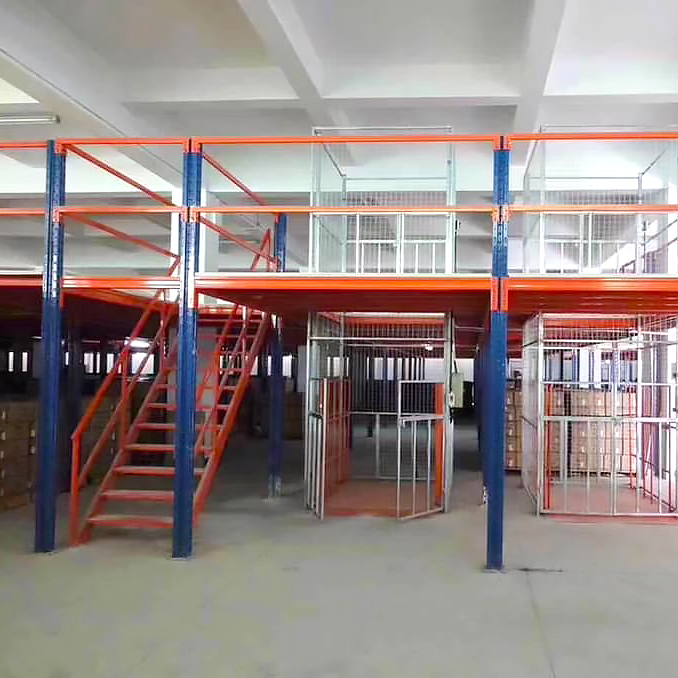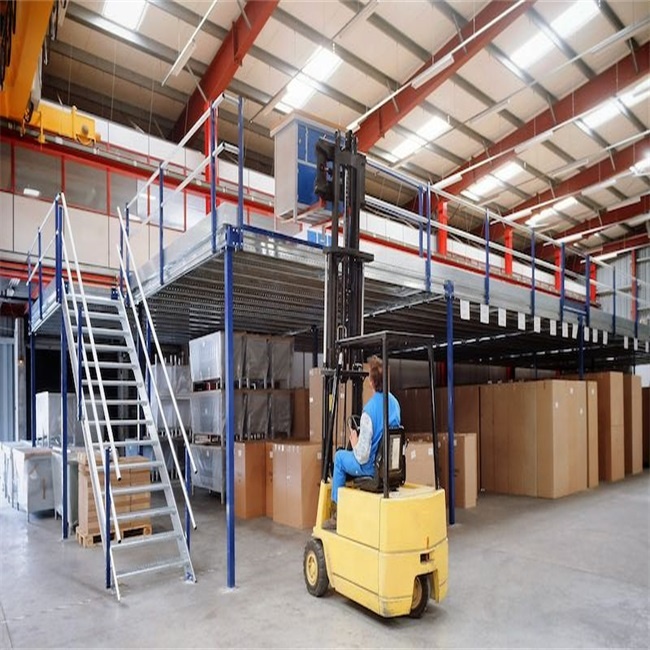A wireless LAN can be used as an extension of wired LAN or as an alternative to wired LAN, so wireless LAN provides strong networking flexibility.
The growth of wireless local area network (WLAN) technology began in the mid-1980s with the authorization of the Federal Communications Commission (FCC) for public applications in the Industrial, Scientific, and Medical (ISM) bands. This policy enables major companies and end users to apply wireless products without the need for FCC licenses, thereby facilitating the development and application of WLAN technology.
Unlike wired LANs that transmit via conductors such as copper or fiber, wireless LANs use the electromagnetic spectrum to convey information. Similar to radio and television, wireless LAN uses Airwave to send information. Transmission can be achieved by using wireless microwave or infrared, but requires the effective frequency used and the transmission power level standard, to the extent permitted by government agencies.
Advantages of WLAN technologyWLAN refers to a computer local area network using a wireless channel as a transmission medium. It is a combination of a computer network and a wireless communication technology. It uses a wireless multiple access channel as a transmission medium to provide the functions of a traditional wired local area network, enabling the user to truly realize the time, Random, random broadband network access.
WLAN technology enables computers on the Internet to be mobile, and can quickly and easily solve the problem of connectivity of network channels that are not easily implemented by wired methods. WLANs use electromagnetic waves to send and receive data in the air without the need for cable media.
Compared to wired networks, WLAN has the following advantages:Convenient installation: Wireless LAN installation is simple, it does not require a construction permit, no wiring or trenching. Its installation time is only a fraction of the time it takes to install a wired network.
Wide coverage: In a wired network, the location of a network device is limited by the location of the network information point. The communication range of the wireless local area network is not limited by the environmental conditions, and the transmission range of the network is greatly expanded, and the maximum transmission range can reach several tens of kilometers.
Economical savings: Due to the lack of flexibility in wired networks, network planners are required to consider the needs of future development as much as possible, which often leads to the pre-set of a large number of information points with low utilization. Once the development of the network exceeds the design plan, it will cost more to carry out network transformation. The WLAN is not limited by the location of the wiring contacts, and has the flexibility that the traditional local area network cannot match, which can avoid or reduce the above situation.
Easy to scale: WLANs are available in a variety of configurations and can be flexibly selected as needed. In this way, WLAN can handle a large network from a small network with only a few users to thousands of users, and can provide features that are not available in wired networks such as "Roaming."
High transmission rate: The data transmission rate of WLAN can now reach 11Mbit/s, and the transmission distance can be as far as 20km or more. A WLAN applied to Orthogonal Frequency Division Multiplexing (OFDM) technology can even reach 54 Mbit/s.
In addition, the wireless LAN has strong anti-interference and good network confidentiality. For many security issues in wired LANs, this can basically be avoided in wireless LANs. Moreover, compared with the wired network, the establishment, configuration and maintenance of the wireless local area network is relatively easy, and the general computer staff can be competent for the management of the network.
Due to the many advantages of WLAN, its development is very rapid. In recent years, WLANs have been widely used in hospitals, stores, factories, and schools where network wiring is not suitable.
WLAN topologyWLAN has two main topologies: self-organizing networks (that is, peer-to-peer networks, commonly known as Ad-Hoc networks) and infrastructure networks (Infrastructure Networks).
Self-organizing WLAN is a peer-to-peer model network that is built to meet the needs of temporary services. A self-organizing network consists of a group of wireless terminals with wireless interface cards, especially mobile computers. These wireless terminals are directly connected to each other in the same manner by the same workgroup name, extended service set identification number (ESSID), and password, and perform point-to-point or point-to-multipoint communication within the coverage of the WLAN.
Forming an ad hoc network does not require any additional network infrastructure, only mobile nodes and a common protocol. In this topology, there is no need for coordination with a central controller. Therefore, ad hoc networks use a decentralized MAC protocol, such as CSMA/CA. However, since all nodes of the protocol have the same functionality, the implementation is complicated and expensive.
Another important aspect of self-organizing WLANs is that they cannot adopt a fully connected topology. The reason is that for two mobile nodes, one node may temporarily be outside the transmission range of another node, and it cannot receive the transmission signal of another node, so communication cannot be established directly between the two nodes.
Infrastructure WLANs utilize high-speed wired or wireless backbone transport networks. In this topology, the mobile node accesses the radio channel under the coordination of a base station (BS).
How is a mezzanines definition ?
The mezzanines are supported by shelves and can be designed into multi-storey floors (usually 2-3 floors). There are stairs, handrails and elevators. This is a simple shelf that makes full use of space. Build an intermediate loft over existing racks or worksites to increase storage area. Generally, light foam and small and medium-sized goods or goods with a long storage period can be placed on the mezzanines. It is suitable for situations where the warehouse is high, the goods are small, manual access and storage are large. The floor support racks have a complete range of specifications, and the mezzanines includes flat plates, checkered plates, steel chrome plates, and wood panels. Light trolleys or pallet traction trolleys are generally used on the mezzanines.

What is the advantage of a mezzanine floor ?
1. The mezzanines is a full-scale structure, with a special steel floor slab
2. It can be flexibly designed into two or more layers to make full use of space
3. The mezzanines is suitable for storing small batches of multi-variety goods

Mezzanine Shelves,Mezzanines For Warehouse Storage,Space Saving Mezzanines,Storage Metal Mezzanines
Wuxi Lerin New Energy Technology Co.,Ltd. , https://www.lerin-tech.com